|
This painting began with a rough pencil sketch on linen mounted to a birch board. I used a projector to help place guide lines (well, scribbles, really) to map out my basic forms. Once I had my basic forms in place, I did a quick sketch in charcoal pencil to help plot my dark and light areas. To be successful, this painting would need to have strong contrasts between light and dark values, so that good edges would give form to the major components. With the busy work bench, I didn't want the man and his violin to be lost. Then I do a light wash of acrylic to help settle the shapes and placements of major forms: Then comes the underpainting. These are quick, broad strokes of oil paint, simply to help establish the colors of the painting. My goal here is to get the main blocks of color and form down so I can verify that the palette is working well. There's no detail, just brushstrokes. I start to add detailed brushwork here, and borrow a friend's violin for reference And now a little more (I lightened the man's shirt, because the warm tones in the picture above were too similar to his face tones, and he was getting lost against the dark wall): The finished piece:
0 Comments
I have an art degree, including extensive studies in art theory, art history, and exposure to art movements from prehistoric to postmodernism. And I really do love quite a bit of abstract art. But I have to confess, I honestly do not understand the multimillion dollar appeal of a piece such as this. Sorry, Rothko.
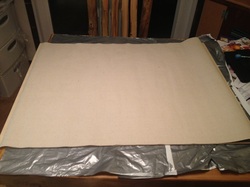 I start by cutting linen to size, and adhering it to a birch panel. I use an acid-free conservationist's adhesive made of liquefied plant starch, which will preserve the canvas. 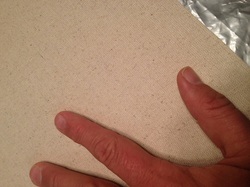 Mounting linen to panel creates a more durable ground for the painting. It resists warping, will not have to be re-stretched every few years, and won't tear or puncture. 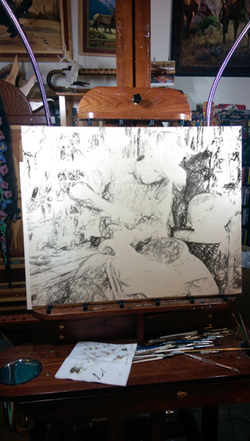 A rough pencil sketch helps establish the composition. 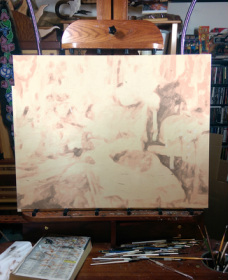 A thin wash of acrylic paint over the gesso helps block out the image. Apparently, as a member of the Oil Painters of America, it is perfectly proper to refer to one's self as a "Member, Oil Painters of America" (or even "Member, OPA") but the specific acronym of just "OPA" by itself is only for Signature members. I'm an associate member, but not an Signature (or "Master") member. This simple mistake in how I describe my membership has been fixed, and hopefully nobody would ever think that my mistaken use of "OPA" rather than "Member of OPA" would have ever been intentional.
To most, it's hardly a big deal--"So Matt used the wrong term to define his membership. He fixed it. Next."--but to some, that is a very significant distinction, so out of respect (and because being artistically ethical is very important to me), I am happy to clarify. 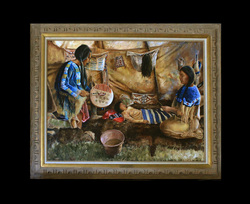 The young boy in this painting grows up to be Lakota Chief Black Elk. Black Elk was born in 1863 along the Little Powder River in Wyoming. At age nine, he felt into a coma for twelve days and was believed to be ill by his family., who urgently sang and prayed over him. Healers and medicine men were called to cure him, but nobody realized that he was not ill at all. Black Elk was having a great vision. When he awoke, he kept the vision a secret until he was 17. When he shared the vision with his elders, they were astonished with his power. Black Elk grew up to become one of the greatest medicine people and chiefs of the Sioux. This painting depicts the coming of Black Elk’s vision. It is a painting that shows the coming of a blessing and spiritual power. The scene, including the clothing and tipi accessories, is historically accurate for 1870s Sioux life, and shows the mother and father praying together for healing. The paints include natural pigments made from these and other materials: · Yellow clay from Mt. Vesuvius · Red pipestone dust · Mayan blue from Central America · Browns from mountain minerals · Ochres from Europe 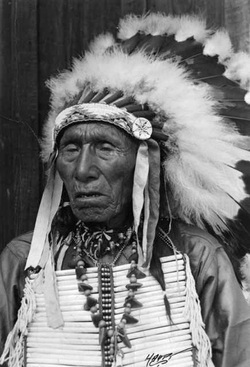 Chief Nicholas Black Elk Chief Nicholas Black Elk “Then I was standing on the highest mountain of them all, and round about beneath me was the whole hoop of the world. And while I stood there I saw more than I can tell and I understood more than I saw; for I was seeing in a sacred manner the shapes of all things in the spirit, and the shape of all shapes as they must live together like one being. And I say the sacred hoop of my people was one of the many hoops that made one circle, wide as daylight and as starlight, and in the center grew one mighty flowering tree to shelter all the children of one mother and one father. And I saw that it was holy...” -Black Elk Last weekend during an appearance/reception at Summer Wine Gallery in Oklahoma City, I was approached by a husband and wife who had bought two of my paintings and had come to meet me. The wife immediately gave me a very sweet hug, and excitedly told me that she had wanted to "come see you in person to see if you had the same spirit that we sensed in your art." Unfortunately, there had been times that other artists had not been kind or gracious to them in-person, and she had hoped that her emotional response to two paintings would be confirmed by my real-life personality. But in this case, there was yet another reason why her emotions toward these paintings had become so important to the wife. She and her husband had lost their entire house and all their possessions in a tornado four years ago. In the calamity, her husband had to actually drive a truck into the rubble of the house to rescue her. This trauma had such a deep impact on her that she had lost many of her former memories. While looking at the paintings in Summer Wine Gallery, my painting of colorful stones in a stream leading toward a range of mountains caught her attention. 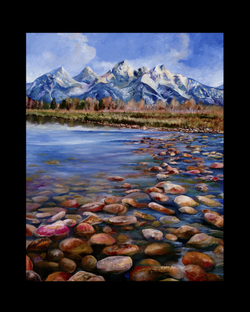 "Honey, do I have a memory of this place?", she asked her husband. "Yes, you do. We went there together, and you've been barefoot right in that very water," he told her. And this memory began to return to her. So told me that seeing this painting had helped her renew a happy memory that had been lost because of trauma, and that she needed to have the art in her house to represent healing. She asked if she could hug me again (who could say no to that?), and thanked me over and over. Of course, I thanked her for supporting my work, and for sharing such a personal story with me. I asked for her permission to share this story, and she was very eager that I do. I paint a lot of historical American Indian scenes, but despite first impressions, this is not one of them. This painting depicts a moment I experienced just this past Autumn.
I sat in the tipi listening to my friend share stories with us. just minutes before the moment in this painting, she was crying with grief as she shared her experiences in an Indian boarding school. Lest anyone believe that these atrocities are all part of America's past, this mother is younger than I am, and had lived through them. She was removed from her family at such a young age that she only rediscovered as an adult who her family even was. As she cried, she told us about having her braids chopped off, and all connections to her family and heritage severed. And even though I was there to hear her stories, that is not the story of this painting. As she talked, she turned to her son (on the far right). This young man's braids and buckskins were a contrast to her own life at his age. She smiled and began to speak to the children about the importance of perseverance, tradition, and pride. The impact of these boarding schools and their hostile efforts to eradicate Indigenous ways was ending with her. Those traumas would not touch the next generation of her family. That is why she is smiling. Beaming, even. Children are hearing her story, and she is seeing them carry forth the values that were nearly lost. The handing down of tradition and culture continues. This painting is about someone living through adversity, and becoming resilient rather than defeated. This is about the insistence of people on surviving and preserving and care-taking for future generations. This painting is not just a sentimental scene; it is about overcoming. 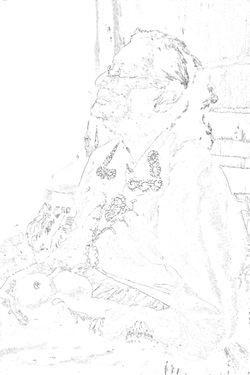 To create a painting, I usually begin with linen or canvas mounted to board (birch or Ampersand artist's board), using archival liquefied plant starch as an adhesive. This prevents the canvas from ever being harmed by punctures, cuts, or loosening of stretcher bars. I begin with a rough sketch using watercolor pencil (because regular pencil graphite smudges when painted). This is where the basic composition is established. 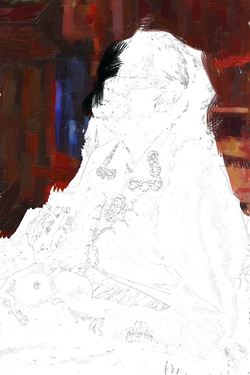 I paint from background to foreground, usually. At first, I use a large brush just to block out colors. There is no detail yet, just shapes, in order to play with the painting's values and color palette. For the painting "In Beauty It Is Finished," I experimented with crimsons and reds, but wanted the blue sash behind Suzie (the portrait subject) to help create contrast between her and the warm background. 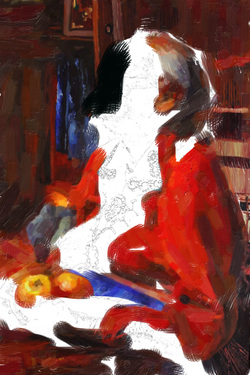 As more background details become satisfactory, I finally begin work on the main foreground subject. I knew the left edge of her face would be a particularly critical part of the painting, so I underpainted in Payne's Grey acrylic (the dark smudge on the face area) so that I would have a neutral ground to work on, for color accuracy. Notice that the foreground is still just rough, large brush strokes. 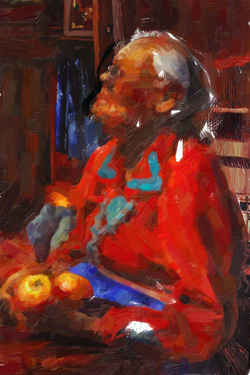 I am not yet working on fine details. I've brushed in simple color guides for the turquoise necklace, and begun to lay down the different colors of her skin tone. There is even still some unpainted canvas showing through at this stage! Before going into "full detail mode," I need to be sure that the main subject has enough value contrast with the background to give her "strength" in the painting. Too much "red on red," and she'd be lost. 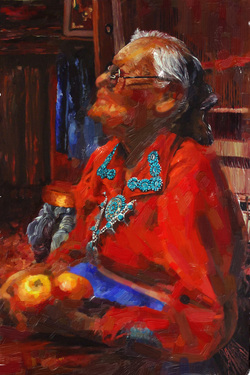 Now I've started adding in the more precise details, like the turquoise and silver necklace , and her glasses, and the bundle of yarn behind her. Notice that her face, hair, and hands are still painted very coarsely, and that I've gone back and added additional details to the background. Throughout the process, I am also creating new paints out of hand-milled earth pigments and oils. 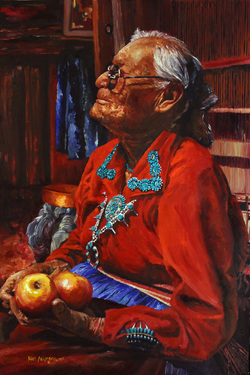 Now it's all detail work. The last touches to her skin make her face seem luminescent, and her hands are carefully given their wrinkles and edges. The apples are done. The glasses are given careful attention. The necklace and bracelet are completed with a hog hair round brush, and the vertical parallel warp threads of the loom are filled in using a natural rigging brush. This has become one of the paintings of which I am most proud. Addendum, February 2014: Susie Yazzie passed away on February 13, 2013. This painting, which has always had a very special place in my heart, found its way to a new home one year later on February 14, 2014. The couple who chose it fell in love with it, and told me that they wanted her to be in a home where she would be treated with reverence, and that she represents strength and wisdom to them. I told them I was thrilled that Susie had found her way into just the right home, and that her new caretakers would see this painting not as a commodity but as something very personal. From the start, I've worked in traditional oils, mostly by Winsor and Newton, Daniel Smith, and Grumbacher. But this month I've started something new: hand-made oil paints. I've always incorporated something personal into every painting. For example, I make sure to use the brushes I inherited from my grandmother, and to use a dab of the oil paints she'd left to me when she passed on. For me, that preserves a continuum of heritage in my art. But my art is also about land and culture, too. I don't want my art to merely me depiction of a landscape. For me, the art represents my own sense of place and experience in the land. But few people know that I also infuse every painting with some portion of oil paints I've made by hand, using pigments derived from the earth. To do this, I collect mineral and pigment samples from around the world, and developing my own palette from these ground (powdered) pigments. Regions of origin include Australia, China, Africa, Central America, and throughout North America. One trick I've discovered is to combine a slightly-staining yellow pigment with the adhesive I use to bond linen to birch boards; this gives a soft "glow" undertone to the linen, adding to the luminescence of the painting. 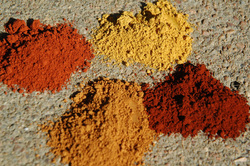 Every painting is made with equipment passed on from two generations back, and with paints I've created, one-at-a-time, from the natural colors of the earth from throughout the world. |
Culture and Traditionalism
Photos and information about traditional culture and art Categories
All
Archives
September 2019
|
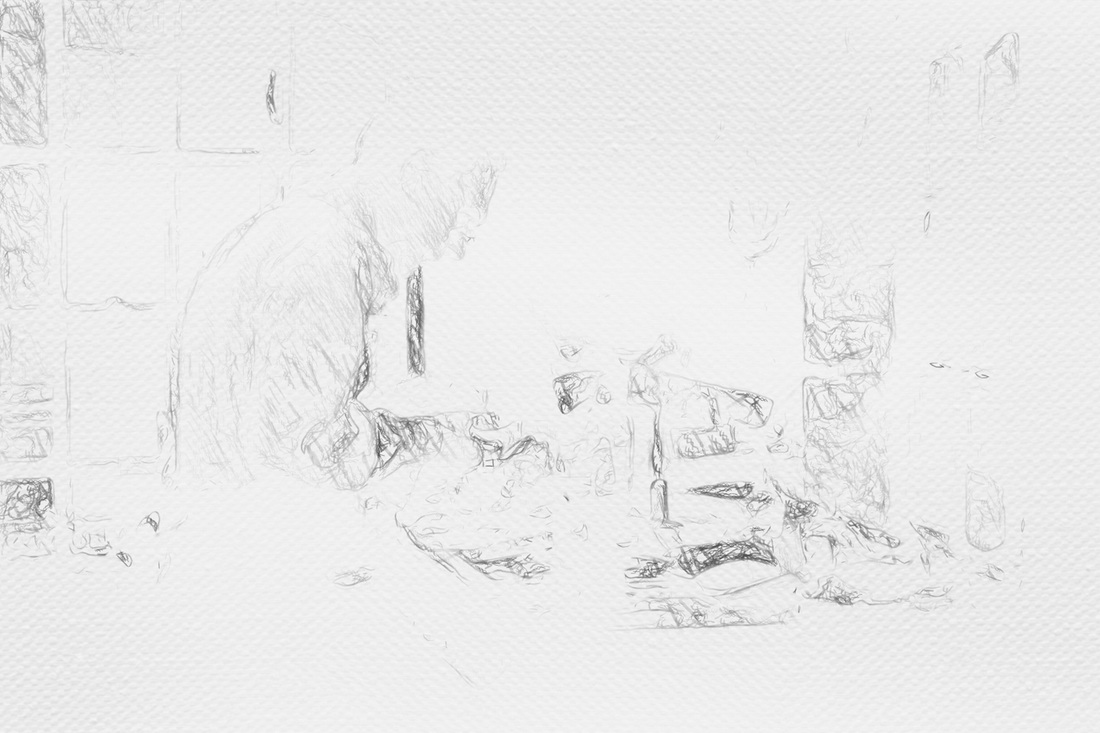
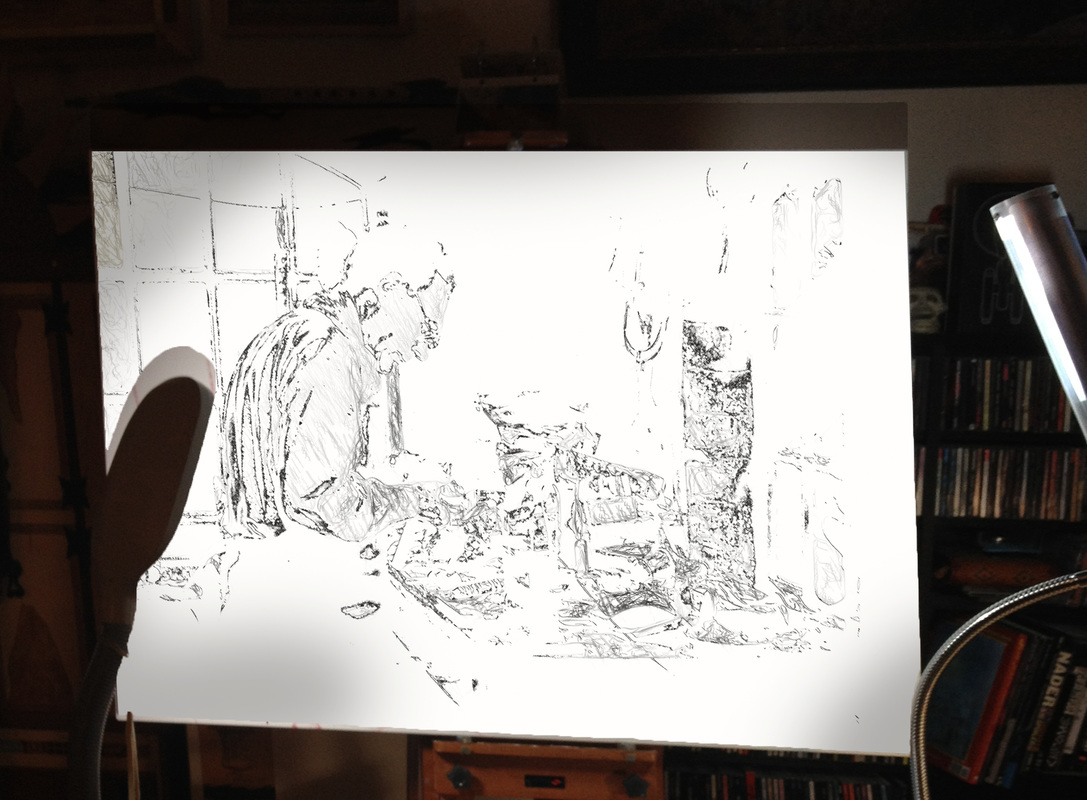
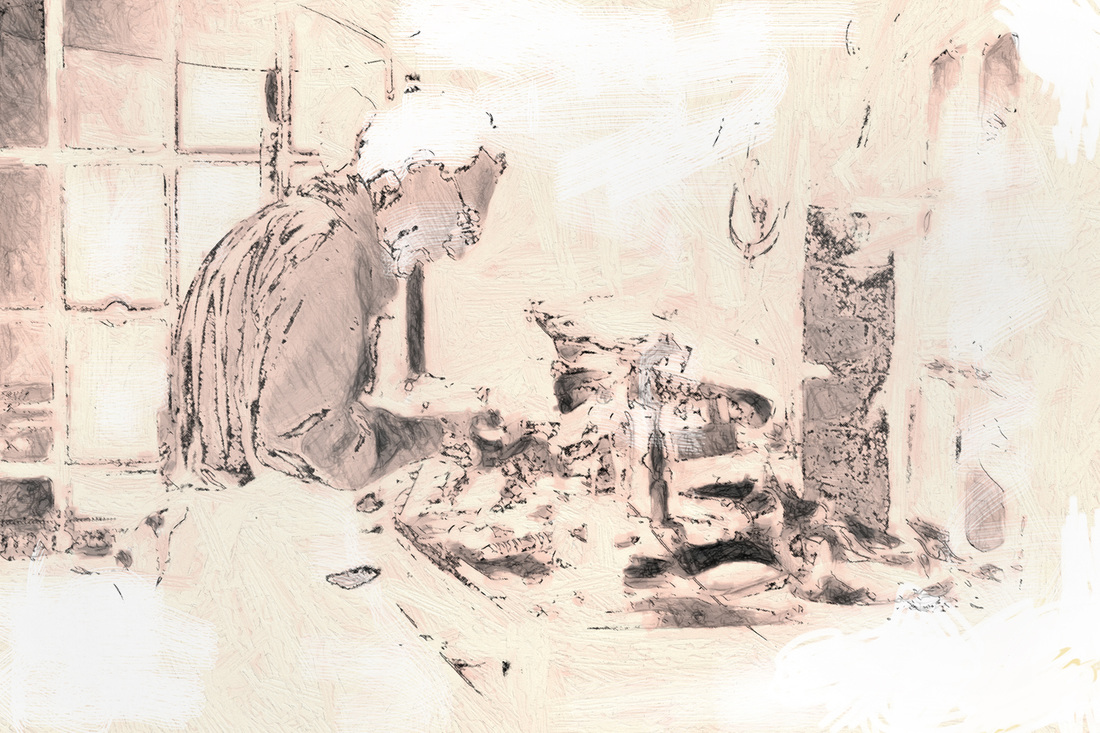
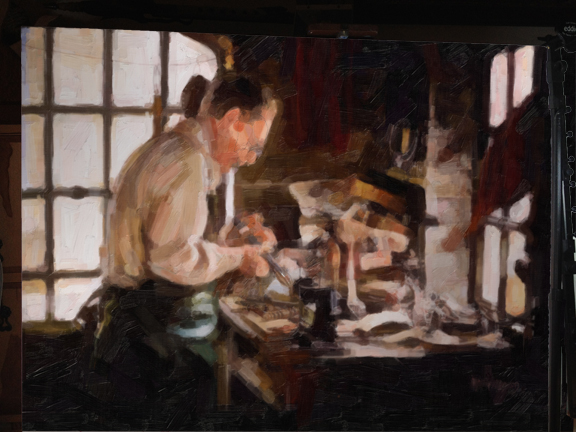
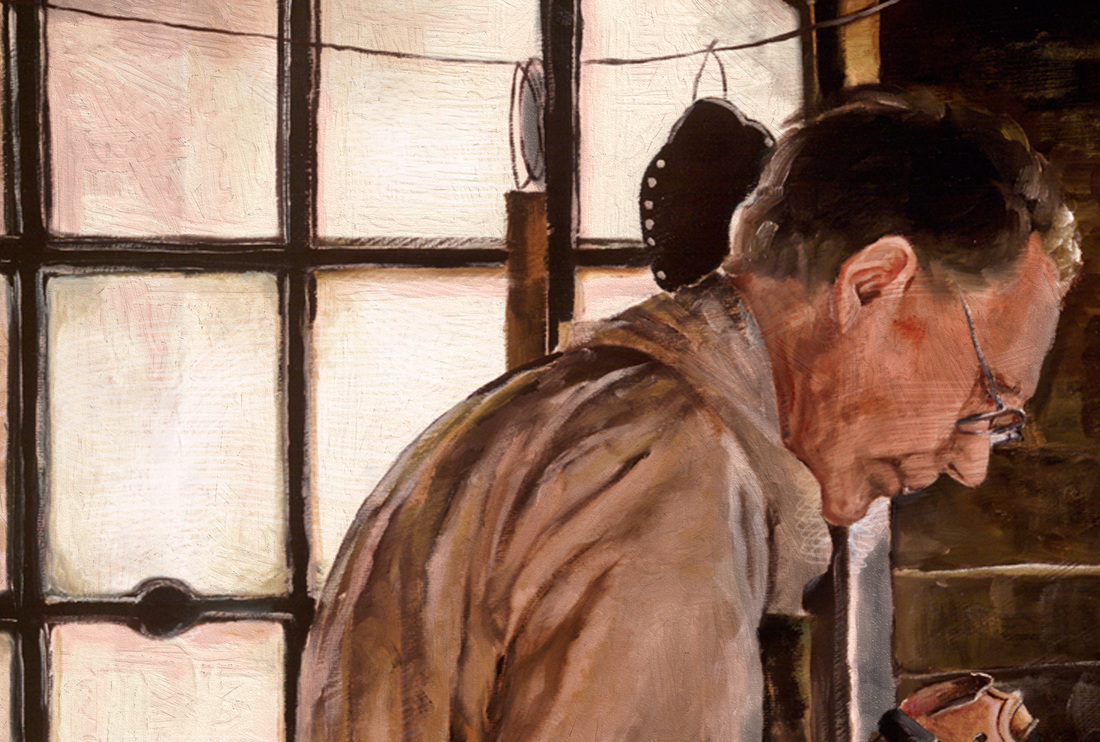
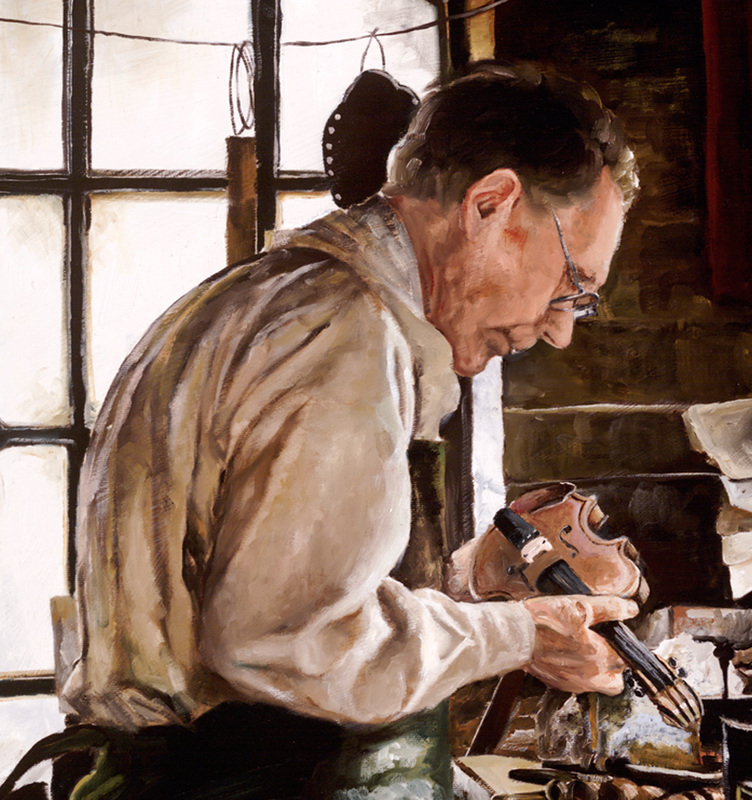
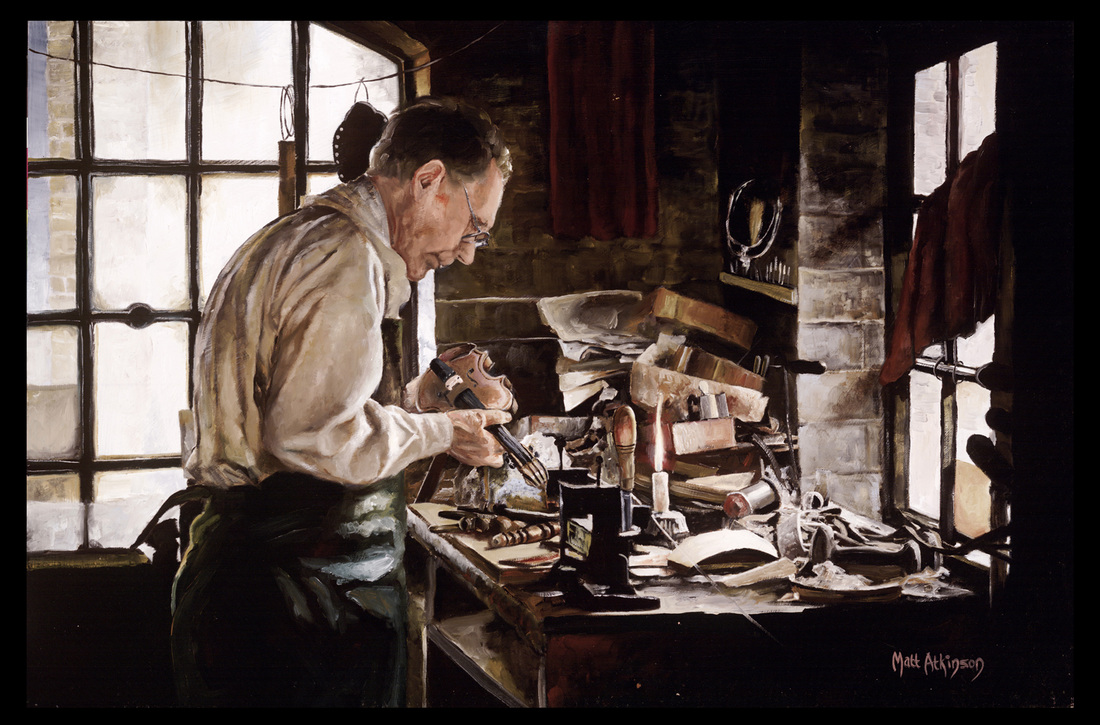
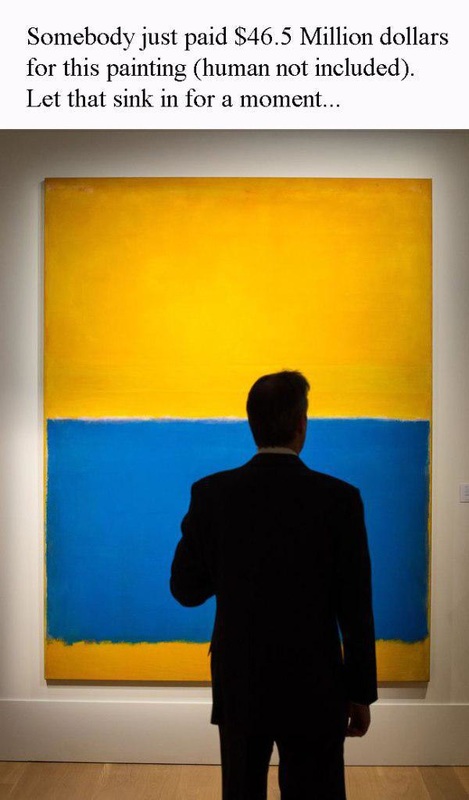
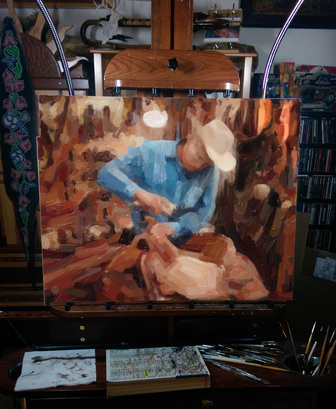
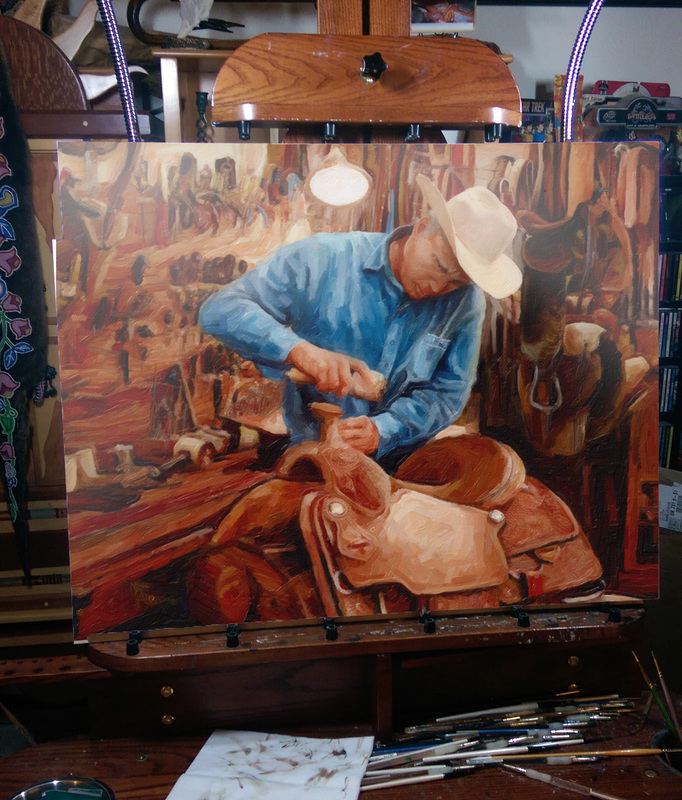
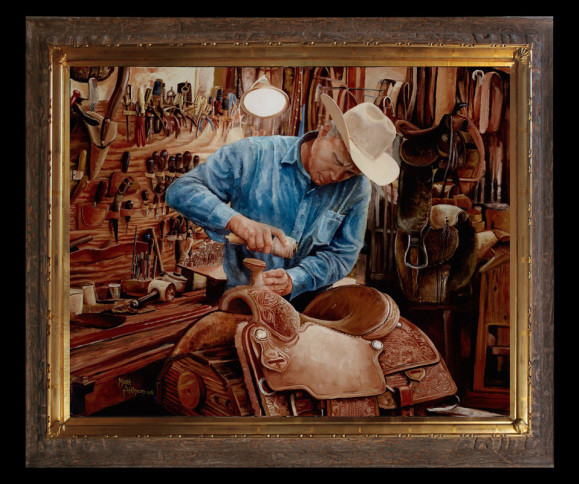
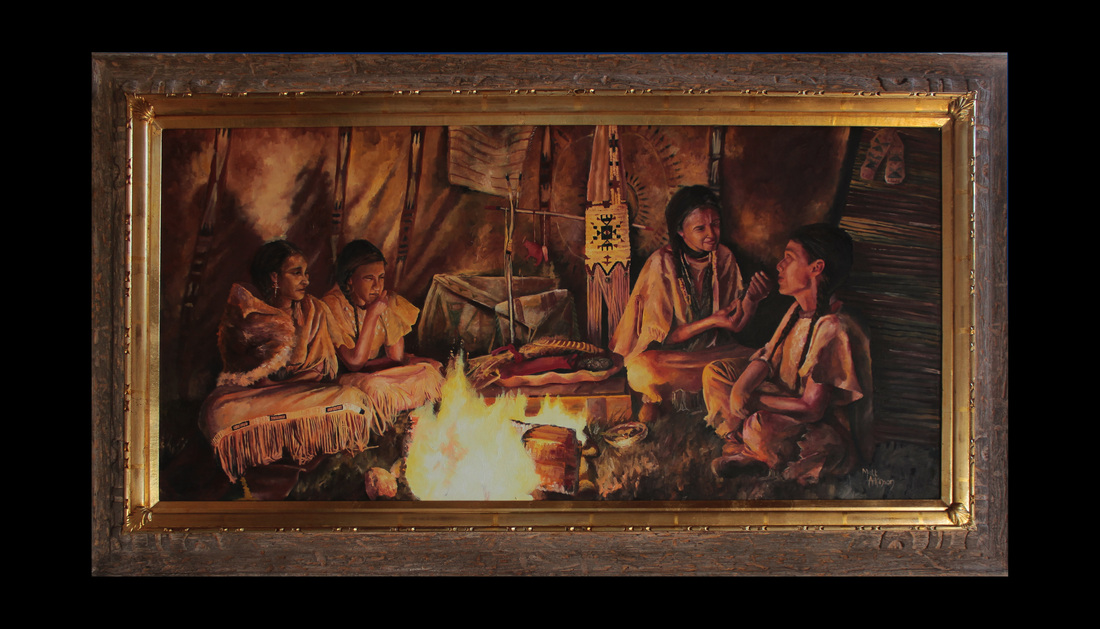
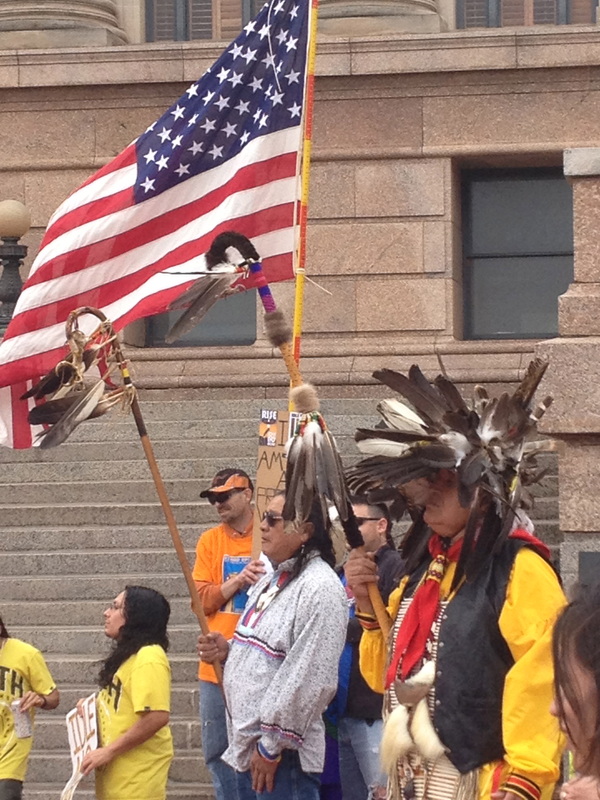
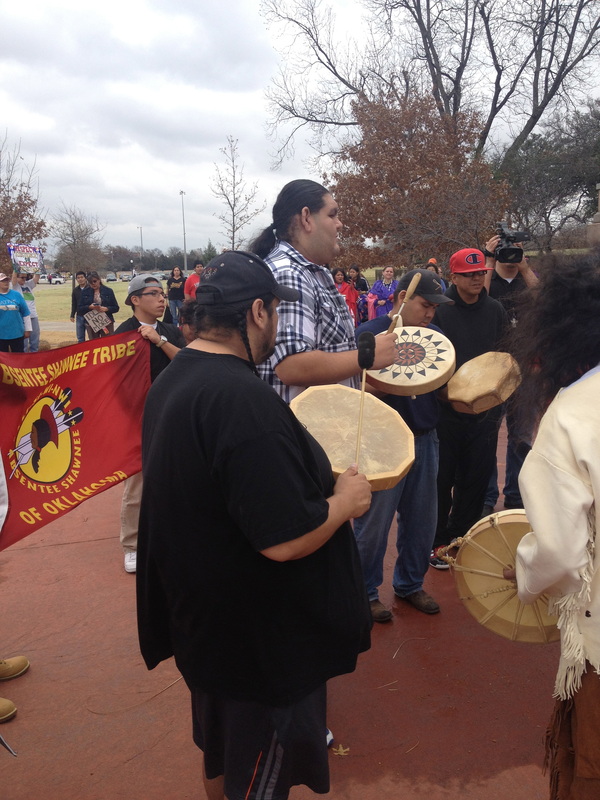
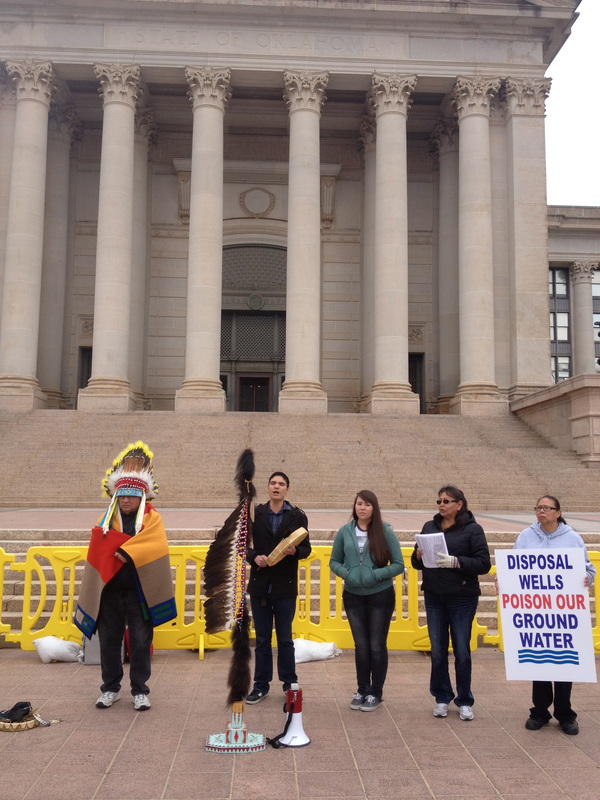
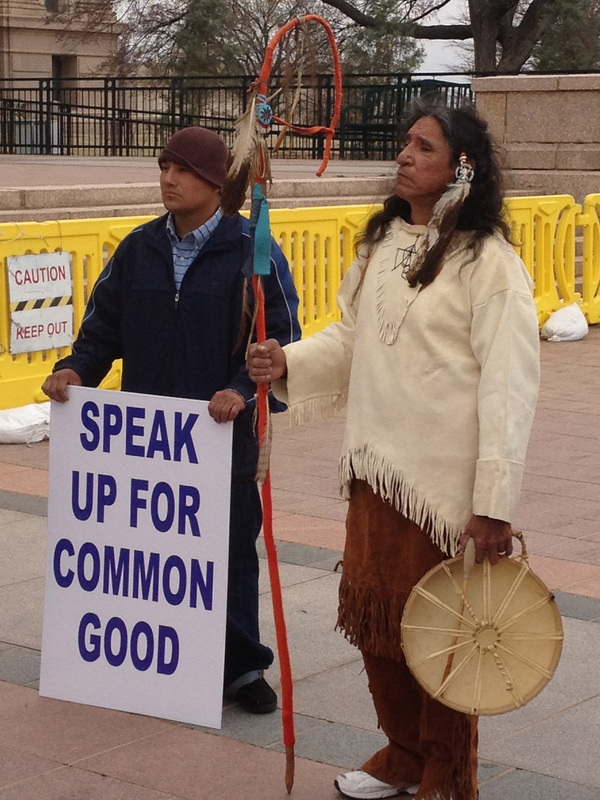
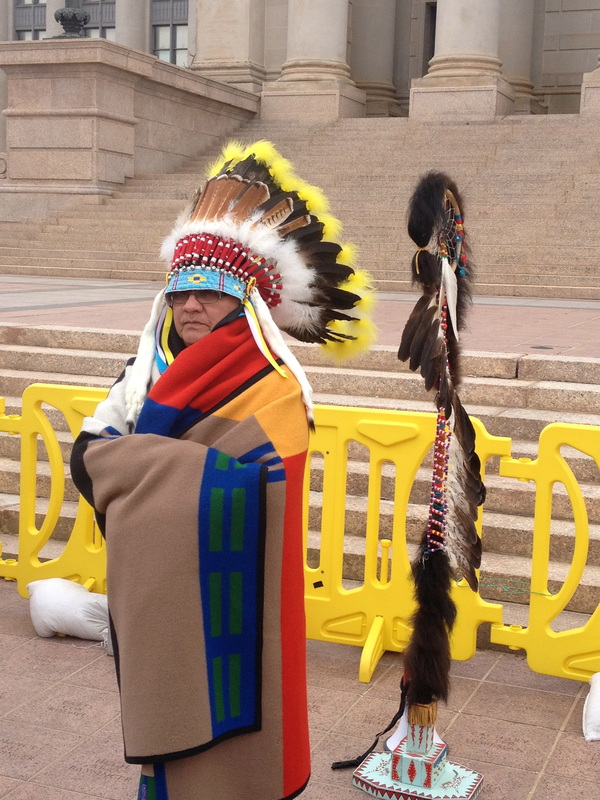
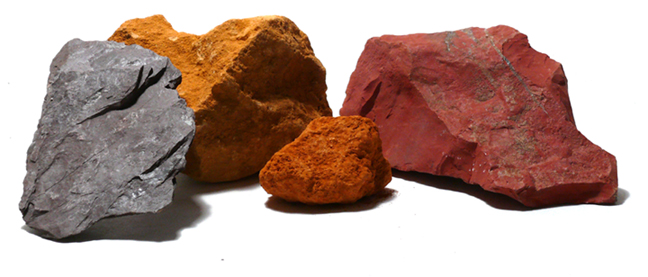
 RSS Feed
RSS Feed
